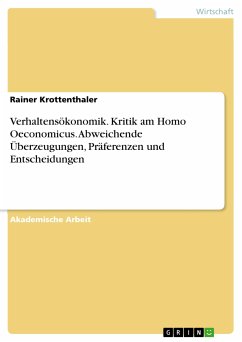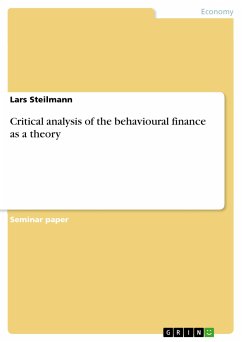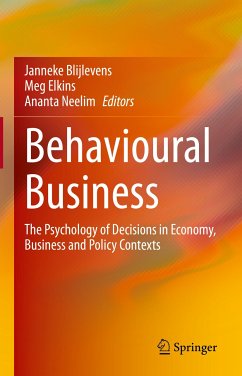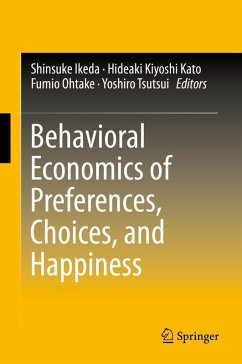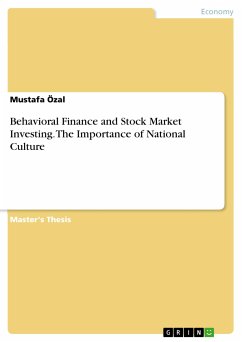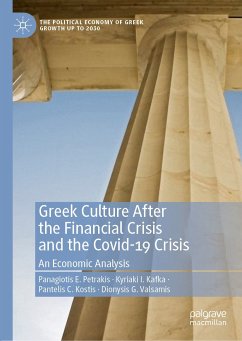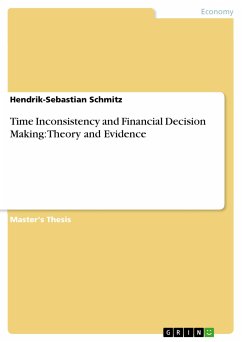
Time Inconsistency and Financial Decision Making: Theory and Evidence (eBook, PDF)
Versandkostenfrei!
Sofort per Download lieferbar
18,99 €
inkl. MwSt.
Weitere Ausgaben:

PAYBACK Punkte
0 °P sammeln!
Master's Thesis from the year 2012 in the subject Economics - Other, grade: 1,3, University of Münster (Institut für Siedlungs- und Wohnungswesen), language: English, abstract: Behavioral economics is a relatively young subdiscipline of economics that has garnered a noticeable amount of attention especially over the last two decades. It seeks to utilize findings from other scientific fields, especially psychology, in order to enhance the plausibility of neo-classical (mainstream) economic models without replacing or abandoning them . The inclusion of psychology into economic thinking is noth...
Master's Thesis from the year 2012 in the subject Economics - Other, grade: 1,3, University of Münster (Institut für Siedlungs- und Wohnungswesen), language: English, abstract: Behavioral economics is a relatively young subdiscipline of economics that has garnered a noticeable amount of attention especially over the last two decades. It seeks to utilize findings from other scientific fields, especially psychology, in order to enhance the plausibility of neo-classical (mainstream) economic models without replacing or abandoning them . The inclusion of psychology into economic thinking is nothing new, however. Instead, it can be traced back to the period of the classical economists of the 18th century. While lacking the rigorous formal approach of today¿s behavioral economists, the conception of the human nature and human decision making was surprisingly sophisticated at the time. For instance, time-inconsistent preferences, which are an important aspect of behavioral economics, have already been examined by David Hume and Adam Smith . Other phenomena, including loss aversion and overconfidence, have also been discussed by classical economists. This thesis has the following structure: Chapter 2 explains a general, quite powerful model of dynamically inconsistent preferences. Special emphasis is placed on real-life examples as well as welfare analysis, including political implications. As we move along, we will constantly compare our findings to the results we would obtain from the neoclassical paradigm. The next two chapters take a closer look at time inconsistencies in the realm of financial decision making. We will examine the behavior of individuals regarding credit card debt in chapter 3, which will require the introduction of another model that is more specifically tailored towards the credit card market. However, the foundations laid out in chapter 2 will be helpful in understanding this second model of inconsistency. Chapter 3 will also discuss recent legislation in credit card markets in the US. In chapter 4, we discuss retirement savings decisions, specifically in the context of the 401(k) retirement plan . After having introduced two models already that explain how people and companies act in certain situations, in the chapter we will discuss several behavioral phenomena that help us explain the motivation behind the decisions of individuals. We will assess the costs and benefits of government interference into the market and the possible measures that might improve the market outcome. Chapter 5 concludes and discusses interesting questions that might be examined further in the future.
Dieser Download kann aus rechtlichen Gründen nur mit Rechnungsadresse in A, B, BG, CY, CZ, D, DK, EW, E, FIN, F, GR, HR, H, IRL, I, LT, L, LR, M, NL, PL, P, R, S, SLO, SK ausgeliefert werden.




